Spice It Up: A Guide to North African Spice Blends for Every Kitchen
Table of Contents
Introduction to North African Spice Blends
North African cuisine is a vibrant tapestry of flavors, shaped by centuries of trade, migration, and cultural exchange. At the heart of this culinary tradition are the unique spice blends that define the region’s signature dishes. These blends are more than just seasoning—they’re a reflection of history, geography, and identity. Whether you're cooking up a hearty tagine or a fragrant couscous, a north african spice blend can transform your meal into something truly special.
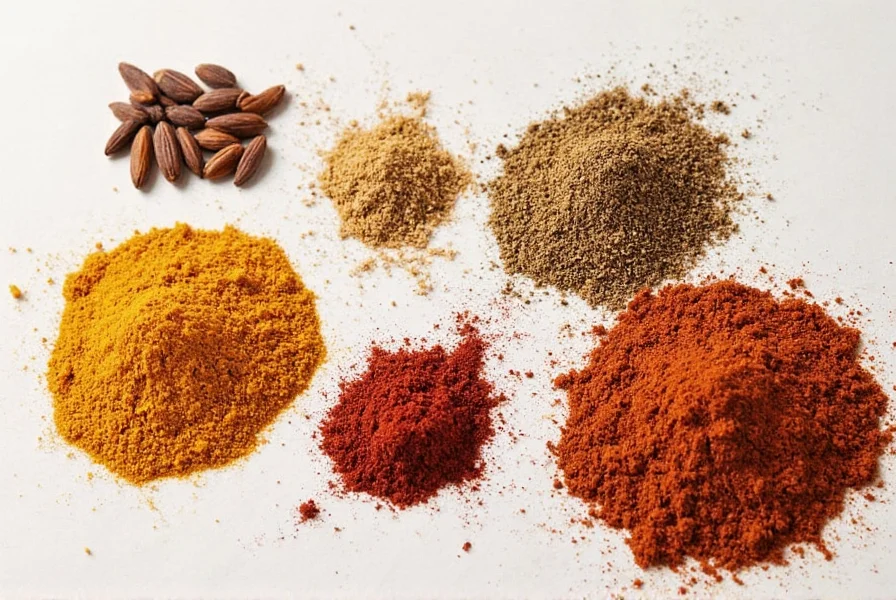
From the smoky warmth of ras el hanout to the bright, citrusy notes of za'atar, each blend tells a story. Understanding these spices not only enhances your cooking but also deepens your appreciation for the cultures that created them. In this guide, we’ll explore the most popular north african spice blends, share practical tips for using them in your kitchen, and help you choose the right blend for your next meal.
Popular North African Spice Blends
North Africa is home to a wide array of spice blends, each with its own distinct flavor profile. Here are some of the most iconic ones:
- Ras El Hanout: This complex blend means "top of the shop" in Arabic and is often used in Moroccan cooking. It typically includes cumin, coriander, cinnamon, paprika, and a variety of other spices, creating a rich, layered flavor.
- Za’atar: A Middle Eastern and North African spice mix that features thyme, sumac, sesame seeds, and salt. It’s commonly used as a topping for bread, dips, or meats.
- Tasmanian Pepper: Although not native to North Africa, it's sometimes used in modern blends for its heat and citrusy notes. It adds a unique kick to stews and grilled dishes.
- Safran (Saffron): While technically a spice rather than a blend, saffron is essential in many North African recipes. It adds a golden hue and a subtle floral aroma.
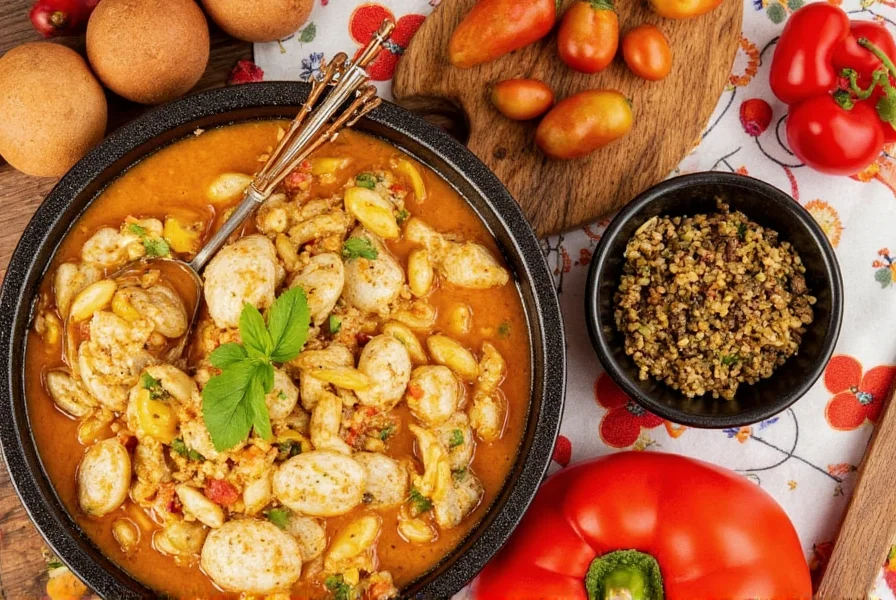
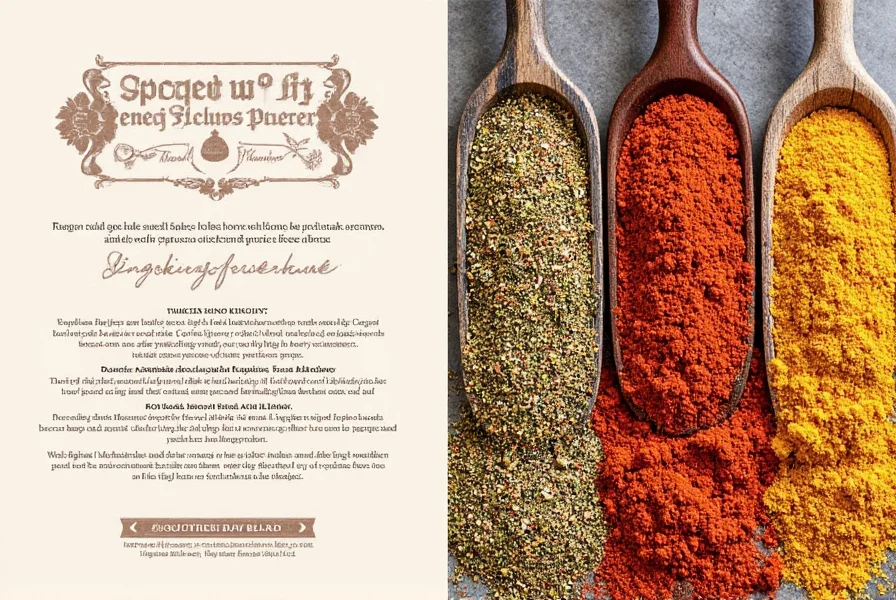
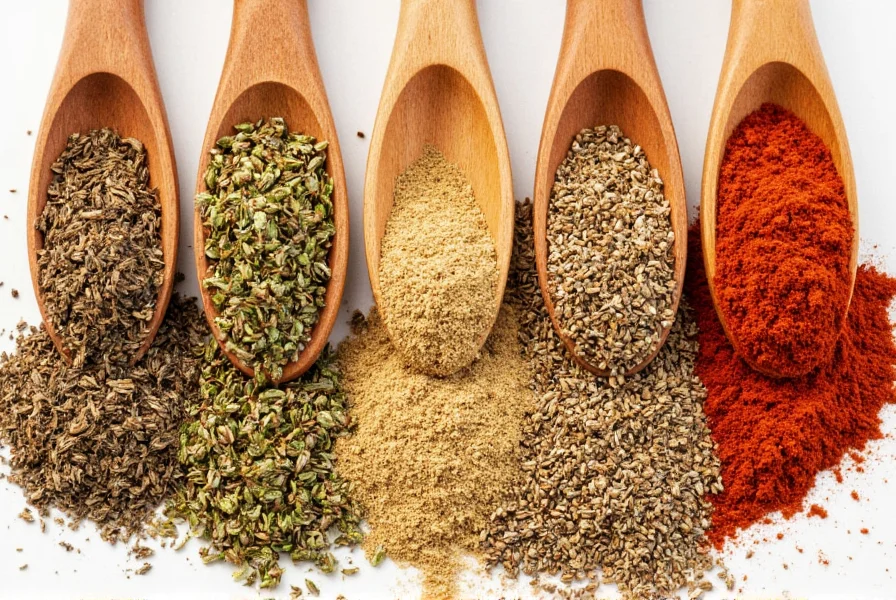
Each of these blends has its own character, making them perfect for different types of dishes. For example, ras el hanout works wonders in slow-cooked stews, while za’atar is ideal for sprinkling on flatbreads or salads.
Cooking Tips with North African Spices
Using north african spice blends can be both exciting and intimidating if you’re new to them. Here are some practical tips to help you get the most out of your spices:
- Start Small: North African blends are potent, so start with a small amount and adjust to taste. You can always add more, but you can’t take it back.
- Toast the Spices: To bring out their full flavor, lightly toast the spices in a dry pan before using them. This helps release their oils and aromas.
- Use in Marinades: Many north african spice blends work well as marinades. Try mixing them with olive oil, garlic, and lemon juice to create a flavorful rub for meats or vegetables.
- Pair with Complementary Flavors: These blends often pair well with ingredients like tomatoes, onions, garlic, and citrus. Experiment with combinations to find what works best for you.
- Store Properly: To maintain their potency, store your spice blends in airtight containers away from light and moisture. Fresh spices will make all the difference in your cooking.
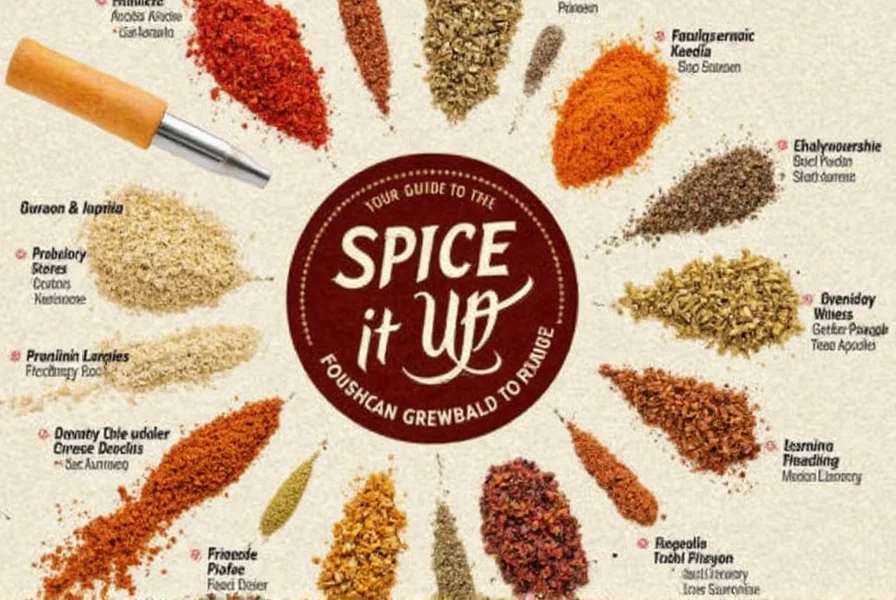
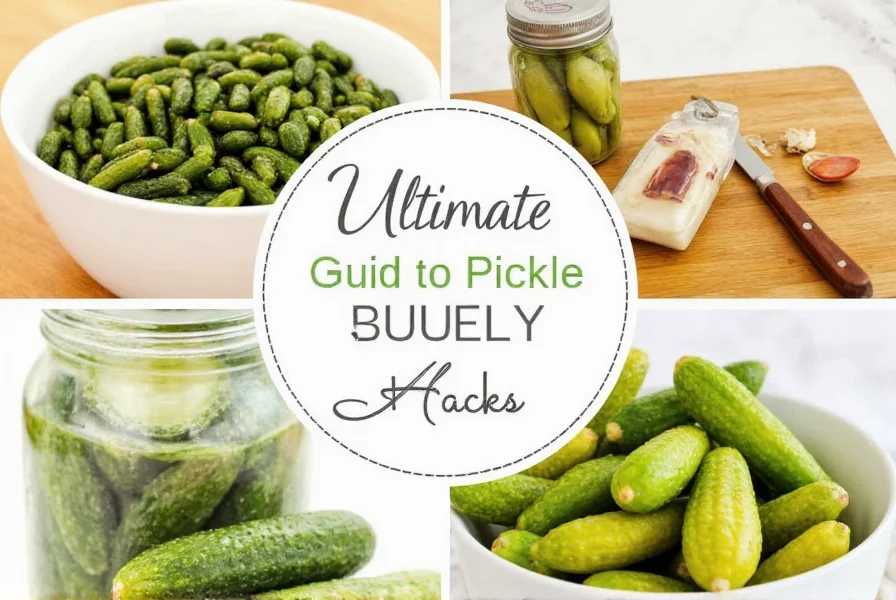
By following these simple tips, you’ll be able to unlock the full potential of your north african spice blends and elevate your meals to the next level.
Buying Guide for North African Spice Blends
When shopping for north african spice blends, there are several factors to consider to ensure you get the best quality and value. Here’s a detailed buying guide to help you make an informed choice:
Features to Look For
- Quality Ingredients: Look for blends made with fresh, high-quality spices. Avoid products with fillers or artificial additives.
- Origin and Tradition: Some blends are made using traditional methods passed down through generations. Choosing a blend with a strong cultural background can enhance your cooking experience.
- Packaging: Opt for blends that come in airtight containers or resealable bags to preserve freshness.
- Flavor Profile: Consider the type of dishes you plan to cook. For example, if you enjoy spicy food, look for blends with chili or black pepper.
Advantages and Use Cases
- Enhances Flavor: North african spice blends add depth and complexity to any dish, making them ideal for everything from soups and stews to grilled meats and roasted vegetables.
- Easy to Use: Most blends come pre-mixed, saving you time and effort. Simply sprinkle or stir them into your recipe for instant flavor.
- Versatile: These blends can be used in a variety of cuisines, not just North African. They work well in Mediterranean, Middle Eastern, and even Western dishes.
Target Audience and Suitable Occasions
- Cooking Enthusiasts: Ideal for those who love experimenting with new flavors and techniques.
- Home Chefs: Perfect for anyone looking to add a touch of authenticity to their meals without spending hours in the kitchen.
- Special Occasions: North african spice blends are great for holiday dinners, family gatherings, or themed parties.
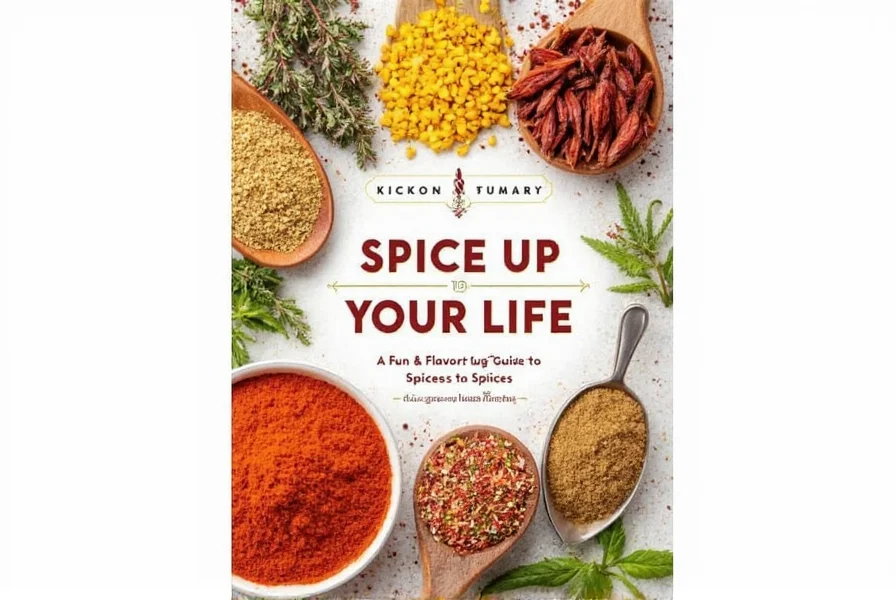
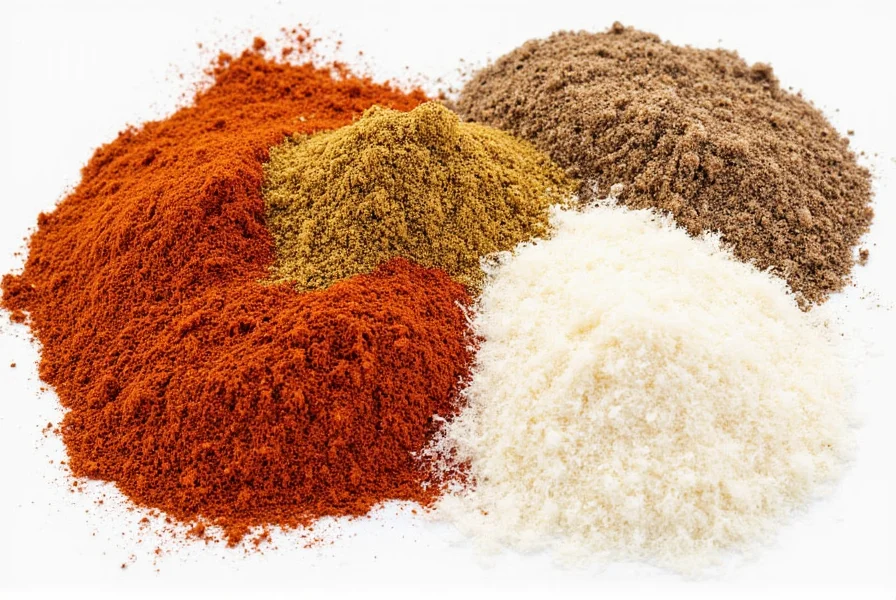
When choosing a north african spice blend, think about how you plan to use it. If you're a beginner, a basic blend like ras el hanout or za’atar might be the best place to start. As you become more comfortable, you can experiment with more complex or specialty blends.
Conclusion
North African spice blends are more than just seasonings—they’re a gateway to a world of rich, diverse flavors. Whether you're a seasoned chef or a curious home cook, these blends offer endless possibilities for creativity and discovery. By understanding the key blends, learning how to use them effectively, and choosing the right product for your needs, you can bring the essence of North Africa into your kitchen.
So why wait? Start exploring the world of north african spice blends today and let your taste buds travel the globe!
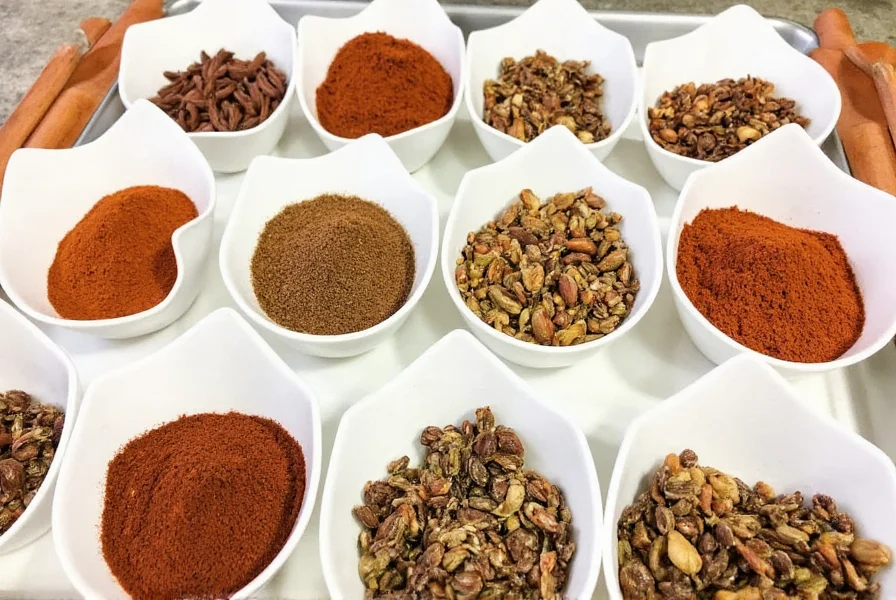
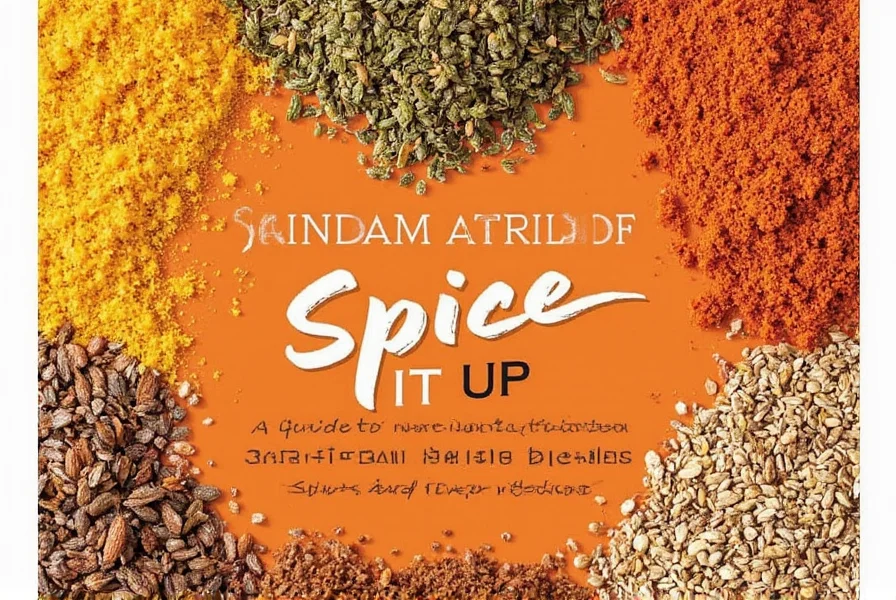

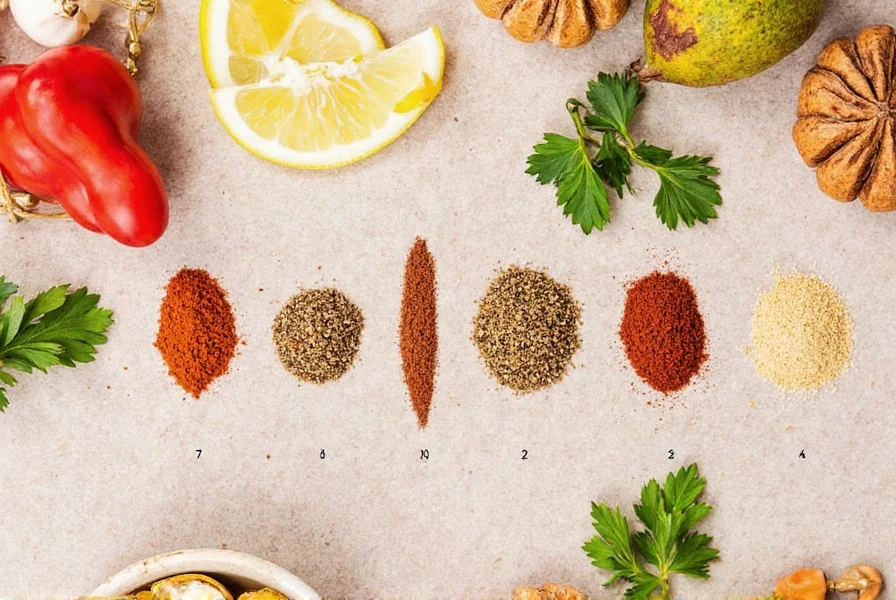









 浙公网安备
33010002000092号
浙公网安备
33010002000092号 浙B2-20120091-4
浙B2-20120091-4